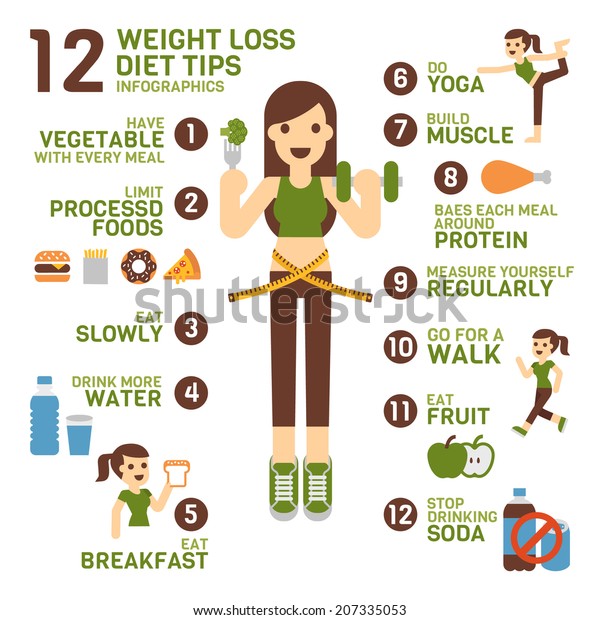Cold laser therapy is a useful tool to aid in pain management and the recovery process. It is often used in sporting activities medication, dermatology and acupuncture.
Cold lasers permeate deep right into tissues and advertise chemical changes without heating them. They decrease inflammation and swelling, speed up mobile task and increase recovery.
Academic Background
Unlike the high-intensity lasers that surgeons use to cut through tissue, cool laser treatment makes use of light-emitting diodes to pass through right into your skin and advertise recovery. As these photons get to broken cells, they launch a domino effect that boosts your cells' manufacturing of enzymes and increases your body's all-natural healing processes.
The photons also reduce discomfort via the manufacturing of endorphins and boost your body's capability to drain pipes inflamed locations by causing vasodilation (the growth of blood vessels). Because of this, it aids you recuperate from bone and joint injuries and discomfort faster.
Lots of people have become aware of cold laser treatment from their physical therapist, chiropractic practitioner or medical professional and might be wondering how it works. Unlike many laser devices used in the clinical area, which in fact warm up tissue, our cutting edge devices emits cold laser light beams that don't cause any home heating of your cells. This enables your body to receive the healing advantages without activating any kind of side effects.
Professional Tests
Cold laser treatment is typically recommended as a therapy choice for patients that have musculoskeletal pain and injuries. It can be made use of to decrease inflammation, strengthen cells and increase the body's natural recovery procedures.
Non-thermal photons of red and infrared laser radiation are absorbed by the light sensitive aspects in cells and launch an increase in intracellular metabolic process that boosts cell reproduction, minimizes swelling, gets rid of edema and shortens recovery time.
Unlike the light that is produced by sunlight or standard lights, laser light is parallel (all wavelengths traveling in the same direction), systematic and monochromatic. These residential properties allow laser energy to pass through much deeper into the tissues.
Numerous medical tests have shown that LLLT can be reliable in decreasing pain in the bone and joint system. However, more well-designed research studies are required to assess the ideal settings for laser irradiation and to determine its efficiency in certain problems, such as dental mucositis in cancer cells patients receiving chemotherapy or radiotherapy, and injury recovery (consisting of diabetic person abscess adhering to hammertoe surgery). This Aetna policy publication does not resolve various other uses LLLT, consisting of the therapy of numerous skin diseases.
Verdicts
Unlike medical lasers that can damage tumors or coagulate tissue, cold laser therapy does not heat up the body's cells. Instead, the light boosts your cells to produce adenosine triphosphate, which accelerates the repair process of injured cells.
Aetna takes into consideration low-level laser (LLL) therapy medically needed for the prevention of oral mucositis related to cold light therapy cancer therapy (chemotherapy, radiation treatment, hematopoietic stem cell transplantation) and non-cancer therapies (such as radiodermal injury, fibromyalgia). Numerous studies showed that LLT can be reliable in reducing PU signs without negative results. Nevertheless, distinctions in research study styles and laser dosimetry made comparison of the results hard; RCTs with low danger of prejudice are needed. Using a 660 nm wavelength and greater power thickness appears to be a lot more reliable than the other researched laser wavelengths. This could be because the other wavelengths might boost inflammatory processes and cause more adverse effects. The impact of the sort of laser used is also essential; the writers suggest that future study concentrate on reviewing various types of lasers and their dosages to establish the ideal combination of laser parameters for PU prevention.
Suggestions
Cold laser therapy is used by dentists to treat swollen periodontal tissue, doctors to alleviate discomfort triggered by rheumatoid joint inflammation, and physiotherapists to speed the recovery of muscular tissue, tendon, and tendon injuries. Many medical insurance policy plans cover this therapy.
Unlike hot lasers, which have a thermal result on tissues, cold lasers (likewise called low-level lasers) boost the cellular power of the skin. Photons from the laser light pass through into the cell, activating a collection of chemical changes that promotes regrowth and lowers inflammation.
In order to be effective, lasers must be correctly configuration and made use of. This is why it is not advisable to buy an affordable non-prescription laser device and try to treat yourself at home. A qualified professional is needed to make sure that the tool is made use of appropriately to minimize the danger of eye injury and optimize its efficiency. The laser gadget must be adjusted to the appropriate setting, intensity, frequency, and placement of the laser on the therapy area.
